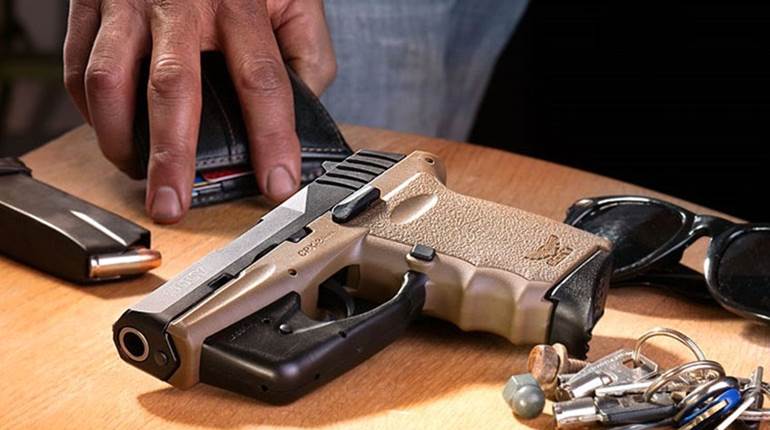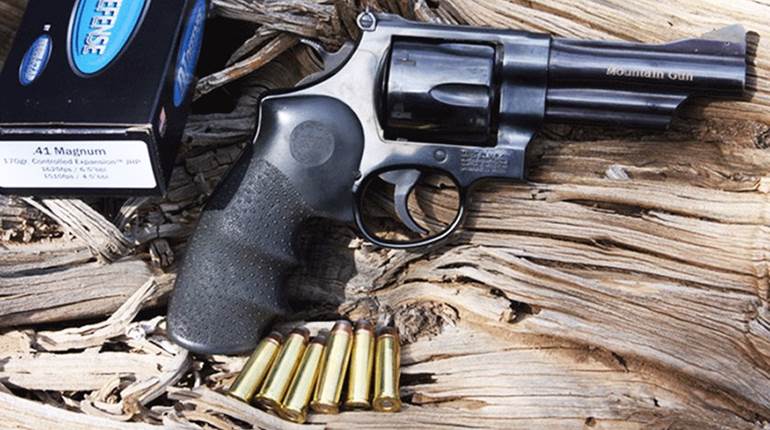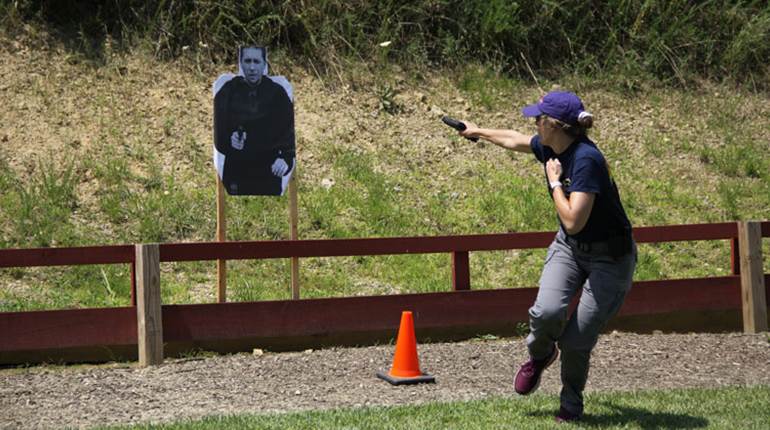
Regardless of the state of the economy, there is still a market for the ultimate, the best, the hyperbolic. Every decade or so I, like others, get the urge to splurge, throwing down hard-earned cash on something that rightfully should be consigned to that folder in life’s filing cabinet marked “Utterly Ridiculous.” For some, it’s a high-end watch or a boat. For me it’s a gun or a motorcycle. When I bought my 'Busa it was already the most idiotic road bike available, and naturally, the first thing I did was ditch the government mandated exhaust, remove the speed limiter and remap the engine’s computer to produce even more power, because 186 mph just isn’t enough to be considered “Utterly Ridiculous.” That bike held my attention for a long time—for a mass produced consumer product it had a lot of charisma, despite its somewhat homely looks. Then I threw a leg over a Desmosedici, Ducati’s world record race motorcycle and the universe was recalibrated.
I got the same feeling when I opened the case containing the Predator Tactical 1911. Like most handgun owners, I’ve fired a variety of 1911s over the years. There are currently four in my stable: a pair of stainless Colts, a Springfield Custom Shop hi-cap and a World War II Remington Rand that was smuggled out of the N.Y. plant one piece at a time in someone’s lunch pail. And also like a lot of 1911 owners, I have an overpowering temptation to improve the base design by adding parts, taking them off, fluffing, buffing and otherwise mutilating a perfectly good pistol. But when I picked up the Shrike, I realized that there was simply no excuse to do anything other than shoot it.
Predator Tactical is owned by Matt Burkett, World-level 3-gun competitor, noted trainer and 1911 torturer—someone who regards firearms as tools for winning matches and has no tolerance for anything that looks pretty but doesn’t run 100 percent of the time. In short, Matt has probably forgotten more about working 1911s than I could ever know. The Predator Tactical team is based in Tempe, Ariz., and although a comparative newcomer, their pedigree is evident.
Overview
The Shrike (Predator Tactical’s moniker for its single-stack gun) is really quite remarkable in its attention to detail. Like most products that lay claim to “ultimate” status, it repays careful study, and little things that you may have overlooked the first time around leap out when you pick it up the second or third time (like the polished small parts set against the satin stainless slide and frame, or the artfully blended mag well or the perfectly executed sight dovetails).
Racking the slide produces the first revelation—I have never picked up a pistol where there is absolutely no slide-to-frame slop. Nothing. Nada. Zip. One might think that by eliminating play, the slide might have a hard time riding smoothly on the frame rails, but it actually feels like it’s riding on linear bearings, and in the last ¼ inch of travel, when the barrel is camming up into the battery you get the impression that what you’re holding in your hand is a tiny bank vault. It really is that tight.
Stripping the pistol produces a few more “Aha!” moments. For example, the deep, even black finish applied to the exterior surfaces extends to the inside of the dust cover and magazine well. In the notch where the slide stop engages the slide, the lower 40 thousandths or so are beveled so as to eliminate the chance of a burr developing over time. Rather than succumb to the temptation of throwing random aftermarket parts at the project with the idea that more is better, I was pleased to see the presence of JMB’s original recoil spring and guide rod. The theory that full length guide rods bring something in terms of smoothness to a gun like this is simply not borne out in practice.
Details
According to Predator Tactical, they set out to build the ultimate 1911 by using the very best components and then meticulously hand-fitting each one. The Shrike’s slide features front and rear cocking serrations that mimic the grip angle and grooves milled into the matte top surface to provide a non-glare sight plane. It would have been easy to machine the slide’s top serrations in one pass, running them out into the sight dovetails, but the aesthetics would have suffered. Instead, the 12 grooves are stopped roughly 1/8-inch short of the sights and the center four cut just a little deeper than the ones flanking them. The result is simpler than its description suggests and is another little touch that combines for a subtle, understated result.
The match-grade stainless barrel is sourced from Briley and given an 11-degree target crown. The test gun was a 9 mm, and due to the round’s length, these can be trickier to feed than the .45 version. Any potential feed problems were counteracted by the ramped barrel, which was polished to a high shine; the tuned and engraved Wilson Combat mags that the gun ships with didn’t hurt either. An easy way to achieve a tight barrel-to-slide fit is to use an oversized link—a quick and dirty fix that lasts for a thousand rounds or so—but for longevity, a lot of time and patience must be spent fitting the barrel lugs to the slide stop to maximize their bearing surface. I coated the barrel lugs with layout fluid and cycled the action—on stripping the gun, the slide stop pin was evenly coated with blue, indicating a solid and long-lasting lockup.
Wilson Combat supplies the pistol’s frame, which is brought in oversize and then hand-lapped to the slide before other operations, such as fitting the Tripp rearsight and checkering the frontstrap, are completed. The trigger group is a combination of Extreme Engineering components which breaks at an estimated 3 pounds, but I must confess I’ve never actually snapped a glass rod, so I have no basis for comparison apart from the triggers of other firearms. In this respect, I’d say it was noticeably heavier than the 2 pound example on my race gun, but just as clean, with a reset that was both tactile and very short. The frontstrap is beautifully checkered at 25 lines per inch, matching the mainspring housing.
Range work
Shooting the gun was as uneventful as one could hope. As with most fine machinery, the manufacturer recommends a break-in procedure, and like a lot of guys would, I completely ignored it. As a result of this abuse, the pistol started to cycle a little sluggishly once it hit the 100-round mark, but a quick wipe with a patch and a dose of gun oil put it back in action and printing the kind of groups that bring a big grin to the shooter’s face. Initially I thought the front sight would take some getting used to, as I tend to favor a little less light showing on each side of the blade, but my misgivings were unfounded and after shooting a few groups for record, I zeroed the sights and ran a few Bill drills to check the rig’s practical accuracy. Great stuff.
All good things must come to an end, of course and firearms of this quality come with a substantial price tag, in this case around $3,000. Lacking the courage to sell a kidney, I packaged the Shrike up before having the chance to shoot it in a match. As a result, my fantasies of winning USPSA’s Single Stack division against the likes of Rob Leatham are completely intact—if only I had the right gun…
Manufacturer: Predator Tactical; (602) 652-2864; www.mattburkett.com
Caliber: .45 ACP, .38 Super, 10 mm, 9 mm (tested)
Action Type: semi-auto 1911
Frame: stainless steel
Barrel: 5” stainless steel
Rifling: 1:16” RH twist (9 mm)
Magazine: single-stack 10 rounds (9 mm)
Sights: fixed (adjustable available)
Trigger Pull: 3 lbs.
Overall Length: 10”
Width: 1.25”
Height: 5.5”
Weight: 41 oz.
Accessories: range bag, hat, two magazines, one complete refinishing, gun lock
Suggested Retail Price: $2,950






































